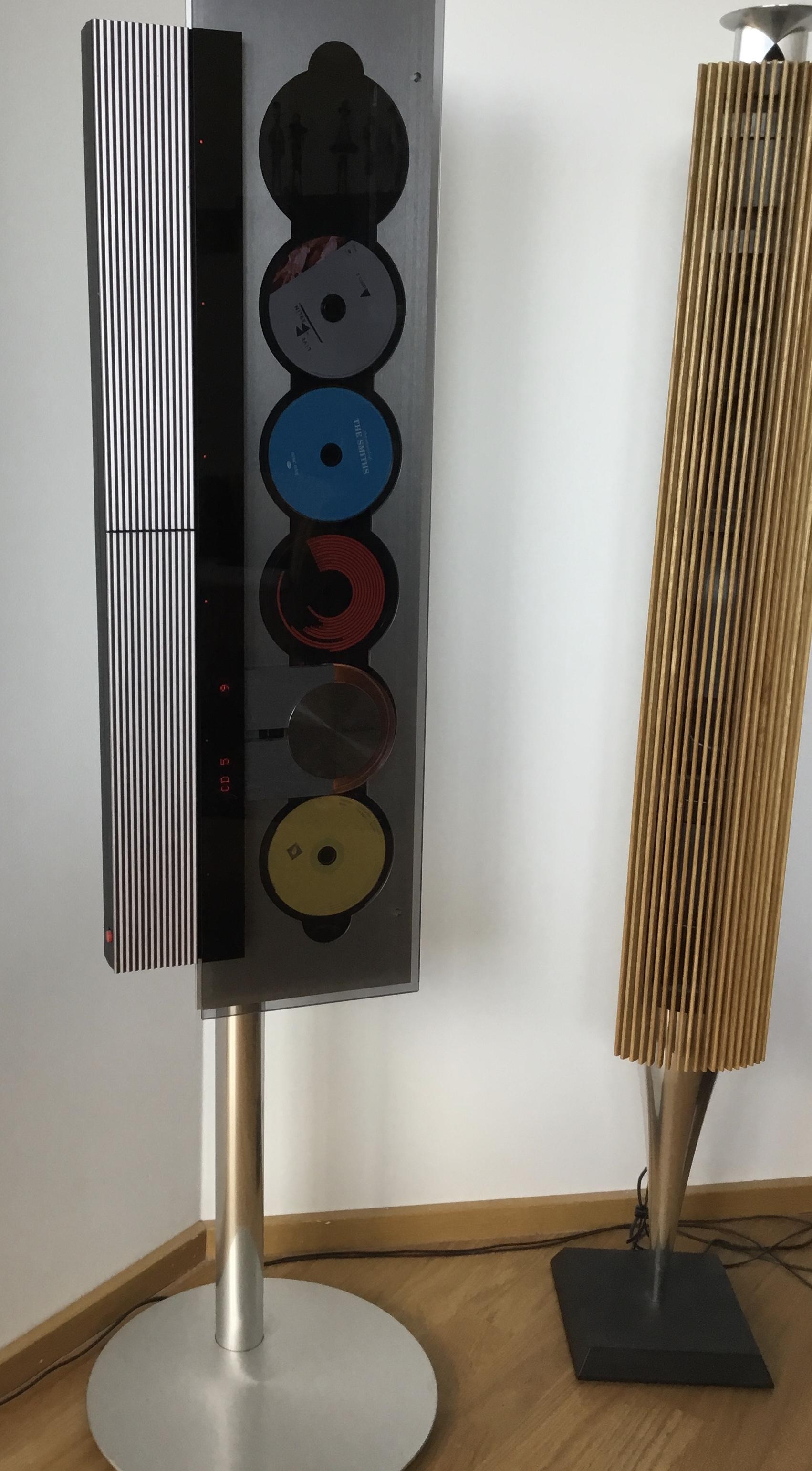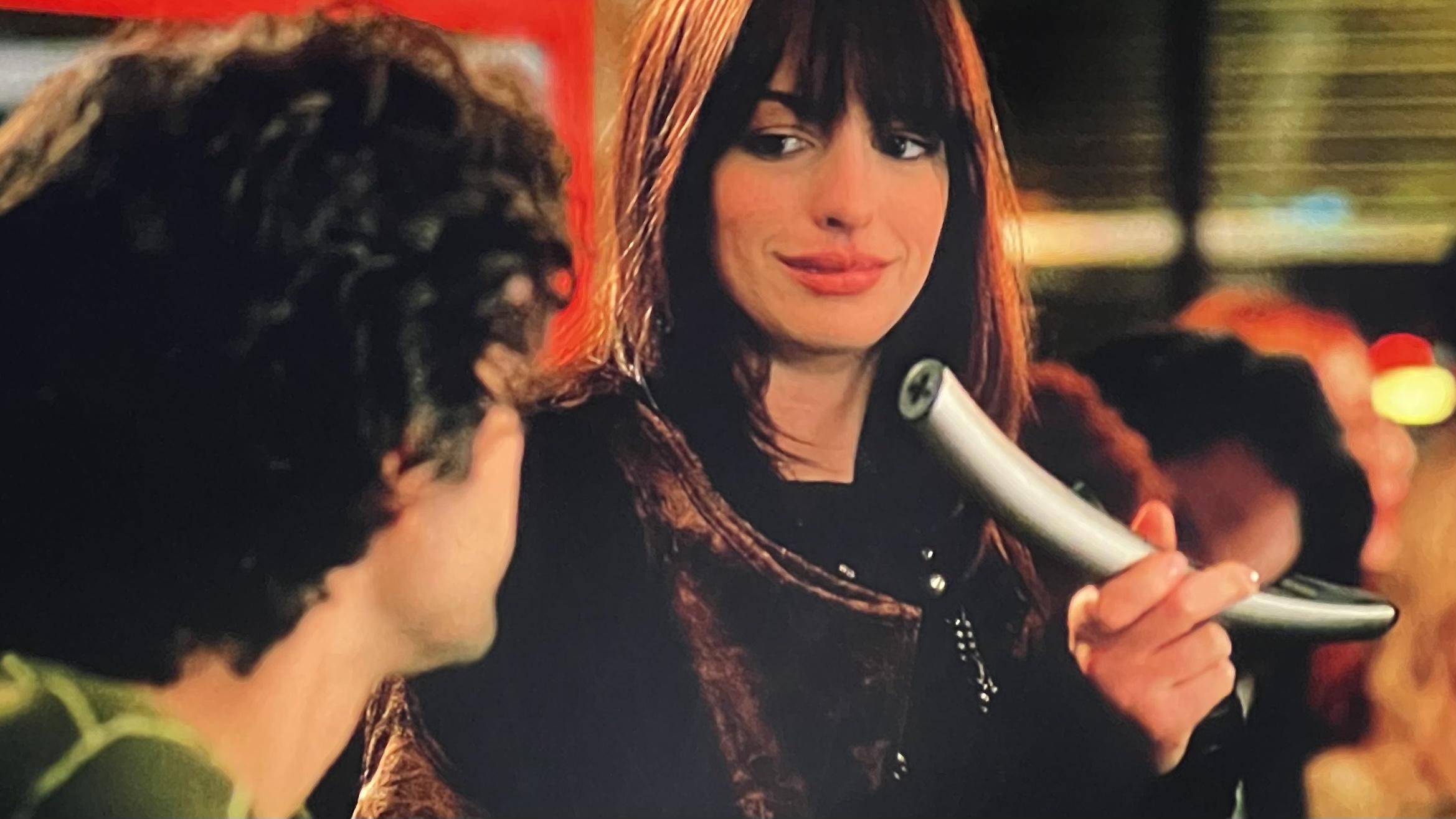Forum Replies Created
-
AuthorPosts
-
Hi.
I’m not sure to understand your issue well. But if it is something like “the solenoid makes a scratching noise when activated”, I think it’s a common failure for those decks to have the core of the solenoid, twisted and then seized into the coils. I remember something like that.
Google Beogram 5500 repair, and you should find more info on this.
SOrry if this is not related to your problem.
Location: Paris France
I’m back.
We can make a simple step by step description how to modify the preamp. Big pictures do not work here… the upload of the circuit plan does not work… Martin
Hi Die Bogener and thank you for coming back and making it again!
Pictures never have been easier to insert compared to the previous forum. I’m not aware of size limitation and I always reduce the pictures I post to around 1000px on the largest border. If you have difficulties posting pictures and because I beleive they can really help in that specific topic, please reach any moderator or report the issue in the dedicated topic.
Thank you again.
Location: Paris France
@Die Bogener: Was läuft denn über den Pre-Amp?
Being in the general section of the forum and the original question being in english, could you please keep it that way for the understanding of alls? Thank you.
Location: Paris France
my B&O collection is currently in these boxes…
Looking forward plenty of “unboxing” vids! 🙂
Location: Paris France
On the move with yougtimers – Beoplay A3 & iPad 1.
Location: Paris France
Yes, I think I’ve seen those kits on ebay some time ago.
They came after a search for wooden frets for 8000’s – same kind of mod to me :BL18 look alike.If I recall well they were available for BL6000 too.
As Millemissen, I wonder how they can actually “upgrade” the 8000’s sound, but as lot of people as them for the style only part of me can understand.
I aslo find 8000’s with wooden grills but without ALT looks weird and unbalanced: that may be an answer for this, without altering the sound of 8000 by ot moving the actual tweeter.
Location: Paris France
amazing that you saw that!
Yes, I’m good at this.
By the way what is that funny television set? 😀
Location: Paris France
Man, did you ever heard about autopositioning? You can be banned from Beoworld for that. Please take care in the future and respect all beoworld readers!
😉
Location: Paris France
Interesting thing is, what would be the speakers we’d choose to flank the Theatre as the smallest/cheapest are now the BL18’s!
Two churches:
One will rush in the nearby dealer an buy 18’s or 28’s or maybe biggest…
The other will carefully follow second hand market for the usual suspects (4000’s, 6000’s, 8000’s and… 17’s, 18’s)
Location: Paris France
Thank you Steve,
Perfect comprehensive answer.
Regards, M.
Location: Paris France
Hi Millemissen,
When you quote someone’s post you may want to unclic the “Block quote” button in the toolbar after a carriage return to have your message displayed as a plain message.
Location: Paris France
They are various threads in the old forum 12-22 and one in the current one you’re reading now about the Century and the IR. None of the solution provide help mine to respond to the remote and I believe so far my IR PCB is dead. Maybe that’s your case too. Unfortunately it seems to be various models of IR board that make it difficult to find a solution.
Location: Paris France
Yes they can be temperamental – sometimes you just have to keep trying!
“Temperamental”, that’s the word: this morning, out of the blue and just unplugging the base from the box, the handset and the base started to chat again. Without any registering procedure or pincode. Landline is up and running again and I wont touch anything anytime soon.
Thank you Guy for the help and support.
Location: Paris France
DECT can’t be deactivated.
Is it possible the HS see the base because it can receive data but can’t register the pincode because it’s unable to send data due to faulty RF chip ?
Location: Paris France
Further investigations:
I tried to register the handset, this time looking carefully to the numbers shown:
I recognized the Beocom base PSTN number > entered 0000 as pincode > got error.
Reset the handset. disconnect the PSTN Base PSU.
Tried to pair with the Internet box:
Saw a different PSTN number > entered the known pincode > Got error again.
Reset the handset, tried again with Beocom PSTN base after it had no power for several minutes. Got same error as above.
In the administration page of my box a DECT1 handset shown briefly.
I believe the handset is faulty like he can see bases but is unable to communicate with them.
Does it make sense?
Location: Paris France
No worries Guy,
I wasn’t actually using it daily. It’s more I hate things that dont work when they have too.
It’s a MK1. Ive tried reset and register again. It’s still asking for the pincode, and 0000still doesn’t work.
As for your last suggestion: It’s not easy to do because the actual PSTN base was torn appart.
The pyramid hull has become a charging base for my moded Beocom 6000 bluetooth handset. The internal electronic is in a technical cabinet where it serves as emitter wired to the phone socket of the Internet box and a second charging base serves as charging base for the 6000 handset.I can put it all back together but it’s complicated and what I do not understand is how you can manipulate the keyboard when the handset is on its base. I rather not to do that if its not the solution.
Location: Paris France
2016 Doctor Strange Not the clearest but there’s a pair of BeoLab 18 in his home
Benedict Cumberbatch already had B&O around his set in the past: BS9000 in his apartment in Sherlock.
Location: Paris France
I must be blind because I’m not seeing the BS9000. However, I do see that the BL4s have no cables
Vertical, behind the headlight of the first motorcycle.
I noticed the lack of wires in the BL4s too but, as a B&O catalog enthusiast, i didnt feel like it was relevant! 😉
Location: Paris France
-
AuthorPosts


 We can make a simple step by step description how to modify the preamp. Big pictures do not work here… the upload of the circuit plan does not work… Martin
We can make a simple step by step description how to modify the preamp. Big pictures do not work here… the upload of the circuit plan does not work… Martin




